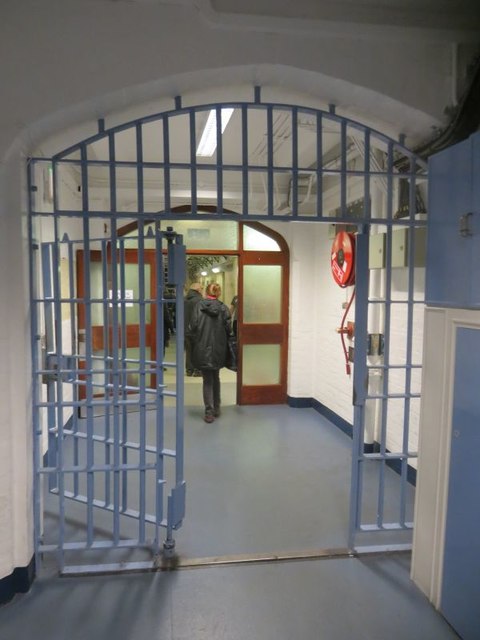
Every prisoner is given a security category. For female prisoners, there are only two options, closed or open condition. For male prisoners, there are four categories, A to D.
What do the categories mean?
Female prisoners:
Closed conditions are for female prisoners who present too high a risk for open conditions; these are for those of low risk.
Category A and restricted status are also categories for female prisoners but are rarely used.
Category A is for those who would be highly dangerous and aims to make escape impossible. Restricted status is for those whose escape would cause a serious risk to the public.
Male prisoners:
Category A, or Cat A, is the highest security risk. As for female prisoners, is it for those who would be highly dangerous to the public and aims to make escape impossible.
Cat B is for those whose assessed risks require closed conditions but with additional security measures to those in a standard closed prison.
Cat C is for standard closed conditions without additional security.
Cat D is for low risk or for risks that are manageable in low security conditions.
How is the category determined?
An individual’s security category should be assessed within 1 ten working days of arriving at the prison. The assessment is based on the available information considering the capability to cause harm or continue with criminality from custody.
Previous convictions, information from custody escorts, court reports, and information from the police and probation can all be used in making the assessment.
The assessment is usually Cat C for most adult male prisoners. To be assessed as Cat D at initial categorisation, the risk of serious harm would have to be low. Additionally, the individual must have less than three years to serve, be a low risk of absconding, unlikely to continue with criminality in custody and unlikely to abuse the low security or disrupt the good order of the open estate.
Can the categorisation change?
Categorisation can change, but it is not an automatic progression as a sentence is served. The time for review is dependent on the type and length of the sentence being served. The review will consider current risk, behaviour in custody, efforts made towards rehabilitation and whether any risk can be managed in a lower security setting.
A review will also take place whenever there has been a material change in an individual’s circumstances that affects security risk (up or down).
How can we help?
We ensure we keep up to date with any changes in legislation and case law so that we are always best placed to advise you properly. If you would like to discuss any aspect of your case, please contact our expert team here at Broadbents Solicitors.
We cover various fields of law, ensuring that you have access to expert legal advice. You can call our dedicated team today: Alfreton 01773 832 511, Derby 01332 369 090, Heanor 01773 769 891, or Sutton-in-Ashfield 01623 441 123. Alternatively, you can head over to our online enquiry form and we’ll be in touch.
[Image credit: “Into the Prison” by Bill Nicholls is licensed under CC BY-SA 2.0)






